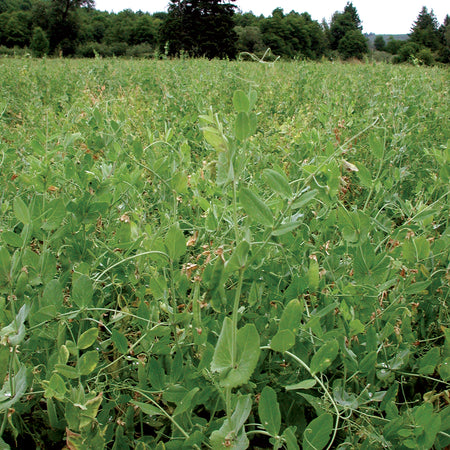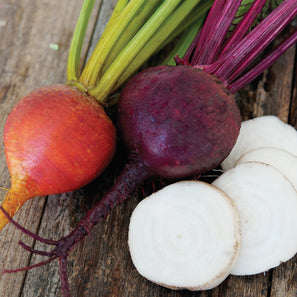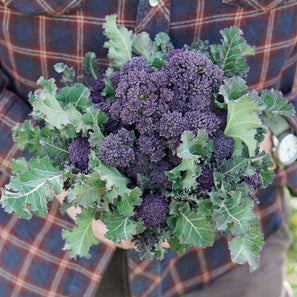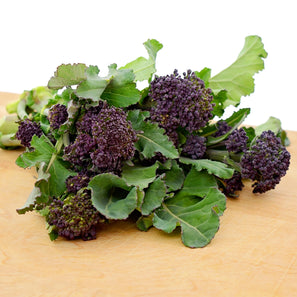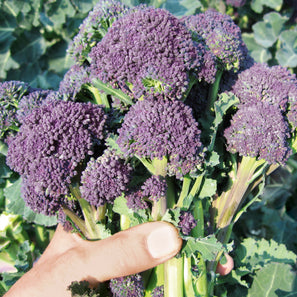AUSTRIAN FIELD PEAS
Product Description:
Available only in the contiguous US.
One of the easiest and most economical ways to improve your soil is to plant green manures, commonly called cover crops. Most garden soils can be maintained at their highest level of productivity by sound soil management practices that involve a combination of soil tillage, crop rotation, and most importantly, the addition of organic matter through green manures.
Organic matter is the food component of soil. Soil-dwelling fungi and bacteria work to break down organic matter. When these soil microorganisms eat organic matter, nutrients are released back into the soil in a form that is usable by plants. This process is called nutrient cycling. Nutrient cycling affects both the physical and chemical properties of the soil. The addition of organic matter builds soil structure, which increases water absorption and nutrient-holding capacity, buffers the soil pH, and improves aeration. Cover crops choke out weeds by restricting sunlight to the soil, stabilize the soil surface, and through their deep-reaching roots, help to break up hardpan and bring nutrients to the surface for other plants to utilize. As part of a long-term rotation plan, cover crops can provide a stable habitat within your garden for beneficial insects and microorganisms.
Green manures can be grown in the same year as a vegetable crop, such as a cover crop of white clover planted around a cole crop. They can also be grown as a perennial in orchards and vineyards. In mild climates (zones 6 and above), cover crops can be fall planted and tilled in the following spring just before planting. In harsher climates, cover crops can be grown in rows between the crops or as a component of rotation in your garden. Green manure crops are a superior source of organic matter when they are cut and turned under. In addition to this benefit, legume green manures (peas, beans, clovers, favas and vetch) act as a host for the bacteria that fix and make nitrogen available for your vegetable or fruit crops.
Legume
Legume cover crops are an essential component of good soil management. Growing legumes and incorporating them back into the soil increases the organic carbon content, and improves the fertility and water-holding capacity of the soil. Legumes obtain their nitrogen from the air, and can provide as much nitrogen for your next crop as fertilizer, containing 100-150 pounds of nitrogen per acre. For maximum nitrogen yields, legumes should be incorporated into the soil at peak bloom.
Cereal Grains and Grass
Cereal grains and grasses grow very quickly and provide quick ground cover. They can provide a tremendous amount of biomass that not only smothers weeds and prevents soil erosion but also puts huge amounts of green matter, or green manure, back into the soil, which improves the soil's tilth. These cover crops are nature's great nutrient recyclers. The plant's extensive root system pulls nitrogen and other minerals from deep within the soil, and stores these elements within its roots and leaf structure. Upon turning under the crop, nitrogen and other elements are released or recycled back just underneath the soil surface so the next crop can utilize the nutrients that once was beyond reach and leaching away.
Growing grains as a cover crop provides other options such as forage for animals or food for people. We strive to offer varieties that give gardeners flexibility on how to best utilize the crop: for food, forage, or green manure.
Winter Wheat
Plant late September to early October. Also known as pastry wheat. A great all purpose crop that works three ways. When fall sown, it grows quickly and overtakes fall weeds, then as the cold days of winter begin, it goes dormant. Spring arrival brings re-growth that can be turned under as a green manure. If left to grow, winter wheat makes good forage for livestock; or if allowed to mature it can be harvested mid-summer. Winter wheat is an exceptional, inexpensive and fast growing cover crop that suppresses weeds and disease with its allelopathic effect. Recommended seeding rate: 3-4 pounds per 1000 square feet; 70-150 pounds per acre.
Brassica
More and more organic growers and gardeners are discovering the long list of benefits that growing cover crops such as oilseed radish, mustards, and forage turnips can provide. The rapid growth of brassicas supplies a thick ground cover that protects the soil from erosion and helps suppress weeds with a dense amount of biomass. Some brassicas have a large taproot that can break through plow or rototiller pans, thus aerating the soil. The roots also scavenge nutrients from deep in the soil and bring them back to the surface where they can be utilized by your next food crop plantings. Other brassica species release chemical compounds that may be toxic to soil borne pathogens and pests such as nematodes, symphylans, and even some weeds. And if left to flower, brassicas are especially popular with beneficial insects.
(A) Annual
(B) Biennial
(P) Perennial

